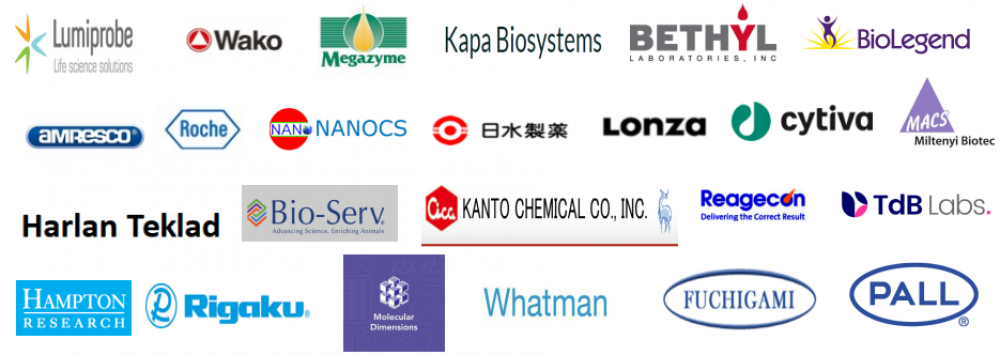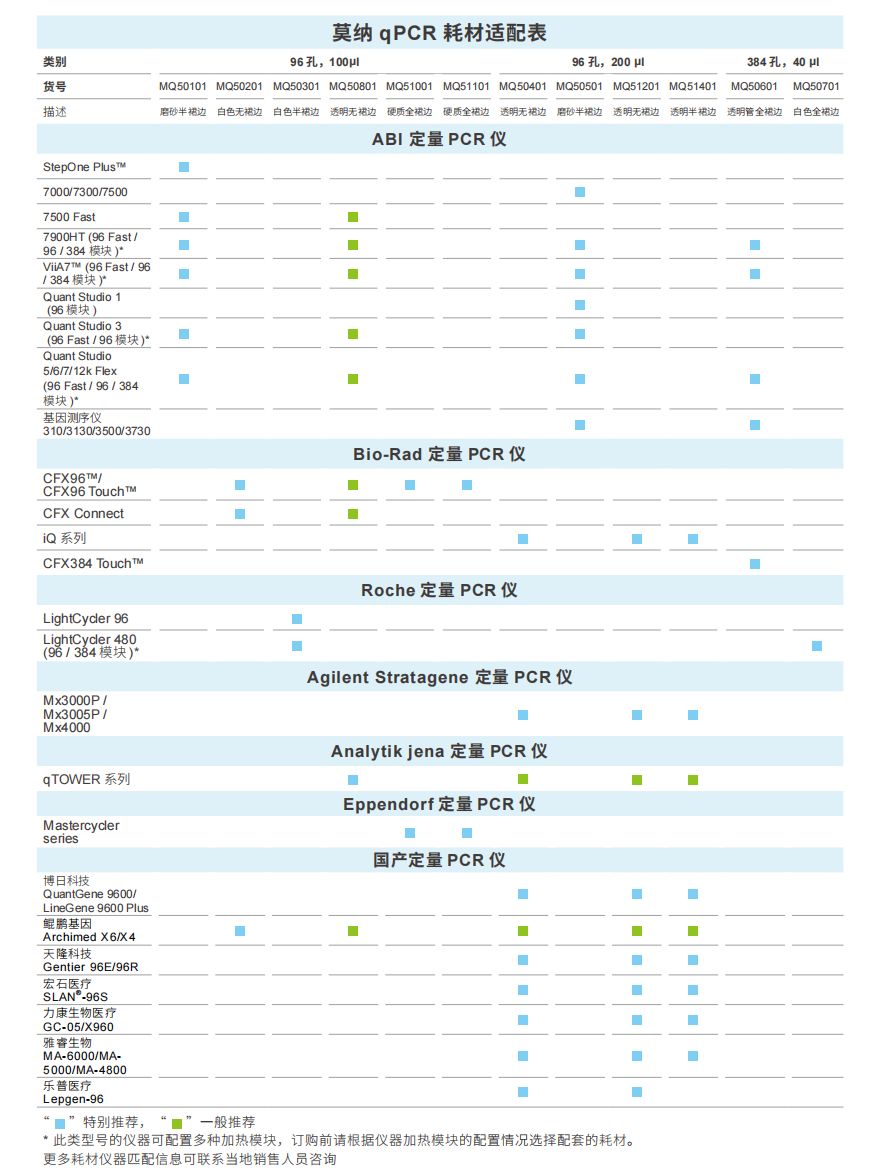DiOC6(3);壬基吖啶橙NAO;JC-10 线粒体膜电位探针;MitoTracker®Green FM 绿色线粒体荧光探针;罗丹明123 Rhodamine 123;CAS NO:53213-82-4;
产品描述
DiOC6(3),英文全名3,3′-Dihexyloxacarbocyanine Iodide,CAS NO. 53213-82-4,是一种具细胞膜渗透性、发绿色荧光的亲脂性染料。作为一种膜探针,DiOC6(3)在高浓度下能对活细胞和固定细胞的内质网(高尔基体)染色,也能对囊泡膜和线粒体染色。而在更低浓度下,偏向选择性染色线粒体。DiOC6(3)能用来标记活细胞,然而,由于光动力学毒性会快速破损,经其标记的细胞仅能短时间暴露在光下。神经元和酵母细胞中,DiOC6(3)曾用来研究内质网(ER)结构的相互作用和动力学;当染料浓度提高或在某些呼吸缺陷的酵母菌株内,DiOC6(3)能特异性染酵母核膜,而且具足够灵敏性来揭式核膜(已知称为karmellae)的变化。
应用特征
DiOC6(3), a carbocyanine dye from the DiOC family, cannot be exclusive to the mitochondrial membrane potential measurement in intact cells, except by dissipating the plasmatic and ER membrane potentials as well as the DpH. DiOC6(3) is widely used as a cytofluorometric DCm indicator. To produce rigorous and reproducible results, the dye and the cell concentrations have to be monitored with care. When DiOC6(3) is used at low concentrations (10–20 nM), this dye rapidly reaches equilibrium in the mitochondria with low quenching effects. The use of higher concentrations (more than 50 nM) may result in non-mitochondrial staining (plasma membrane and endoplasmic reticulum) and in fluorescence quenching. Moreover, similar to probes previously mentioned, the use of relatively high concentrations of dye leads to a high accumulation in the inner mitochondrial membrane, resulting in a quenching of the fluorescence and, occasionally, in an inhibition of either mitochondrial respiration or complex I (except for TMRM and TMRE) (30). Many factors, such as the cell/dye ratio, cell size variability or the magnitude of plasma membrane potential may affect the fluorescence intensity of cells stained with DiOC6(3) (31). If the cell population studied is homogeneous and asynchronous, this potential pitfall is not of crucial interest; otherwise, internal standards and normalization procedures have to be used to allow the detection of DCm dissipation and DiOC6(3) fluorescence decrease (30). [Reference: Cottet-Rousselle C et al. Cytometric assessment of mitochondria using fluorescent probes. Cytometry A. 2011 Jun;79(6):405-25.]
产品特性
1) CAS NO.:53213-82-4
2) 化学名:Benzoxazolium, 3-hexyl-2-(3-(3-hexyl-2(3H)-benzoxazolylidene)-1-propenyl)-, iodide
3) 同义名:3,3′-Dihexyloxacarbocyanine Iodide; DiOC6(3) Iodide;
4) 分子式:C29H37IN2O2
5) 分子量:572.52
6) 纯度:≥97%(HPLC)
7) Ex/Em:484/501nm(in methanol)
8) 外观:红色粉末或块状
9) 溶解性:溶于DMSO,DMF,无水乙醇,微溶于水
10)化学结构式:
保存与运输方法
保存:-20℃避光干燥保存,至少一年有效。
运输:室温运输。
注意事项
1) 荧光染料均存在淬灭问题,请尽量注意避光,以减缓荧光淬灭。
2) 为了您的安全和健康,请穿实验服并戴一次性手套操作。
使用方法
【注意】以下使用方法仅用作参考,可根据具体的实验条件和具体的应用来做出调整。
1.染色液制备
1)储存液制备:用 DMSO或无水乙醇配置浓度1~5 mM的储存液。例如,取10mg DiOC6(3)(Mw:572.52 g/mol)溶于3.49ml 无水DMSO中,充分溶解,即得到5mM的储存液。【注意】未使用的储存液分装储存在-20℃,避免反复冻融,且要避光保存。
2)工作液制备:用合适的缓冲液(如:无血清培养基,HBSS或PBS)稀释储存液,调整到1~5 μM的工作浓度。【注意】:工作液最终浓度需要根据不同细胞系和实验体系来优化。建议从推荐浓度开始,以10倍范围为区间进行最优浓度的摸索。
2.悬浮细胞染色
1)加入适当体积的染色工作液重悬细胞,使其密度为1×106/mL。
2)37℃孵育细胞2~20min,不同的细胞最佳培养时间不同。可以20min作为起始孵育时间,之后优化以保证得到均一化的标记结果。
3)孵育结束,按1000~1500 rpm离心5min。
4)去除上清液,之后轻柔加入37℃预热的生长培养液重悬细胞。
5)再重复3),4)步骤两次。
3.贴壁细胞染色
1)将贴壁细胞培养于无菌盖玻片上。
2)从培养基中移走盖玻片,滤掉过量培养液,将盖玻片放在潮湿的小室内。
3)在盖玻片的一角加入100μL的染色工作液,轻轻晃动使染料均匀覆盖所有细胞。
4)37℃孵育细胞2~20min,不同的细胞最佳培养时间不同。可以20min作为起始孵育时间,之后优化以保证得到均一化的标记结果。
5)吸掉染色工作液,用培养液洗盖玻片2~3次,每次用预温的培养基覆盖所有细胞,孵育5~10min,然后吸走培养基。
4.显微镜检测
1)DiD,DiO,DiI,DiR滤光器的选择参见下表:
|
荧光探针 |
最大激发/最大发射波长
(Ex/Em) |
滤光片编号
|
| Omeaga公司 |
Chroma公司 |
|
DiI |
549/565nm |
XF108, XF32 |
41002, 31002 |
|
DiOC18(3) |
484/501nm |
XF100,XF2341001, 31001 |
41001, 31001 |
|
DiOC6(3) |
484/501nm |
XF100,XF2341001, 31001 |
41001, 31001 |
|
DiD |
644/665nm |
XF110, XF47 |
41008, 31023 |
|
DiR |
750/780nm |
XF112 |
41009 |
5.流式细胞仪检测
经DiO,DiI,DiD和DiR染色的细胞分别用流式细胞仪的FL1,FL2,FL3或FL4通道检测。


